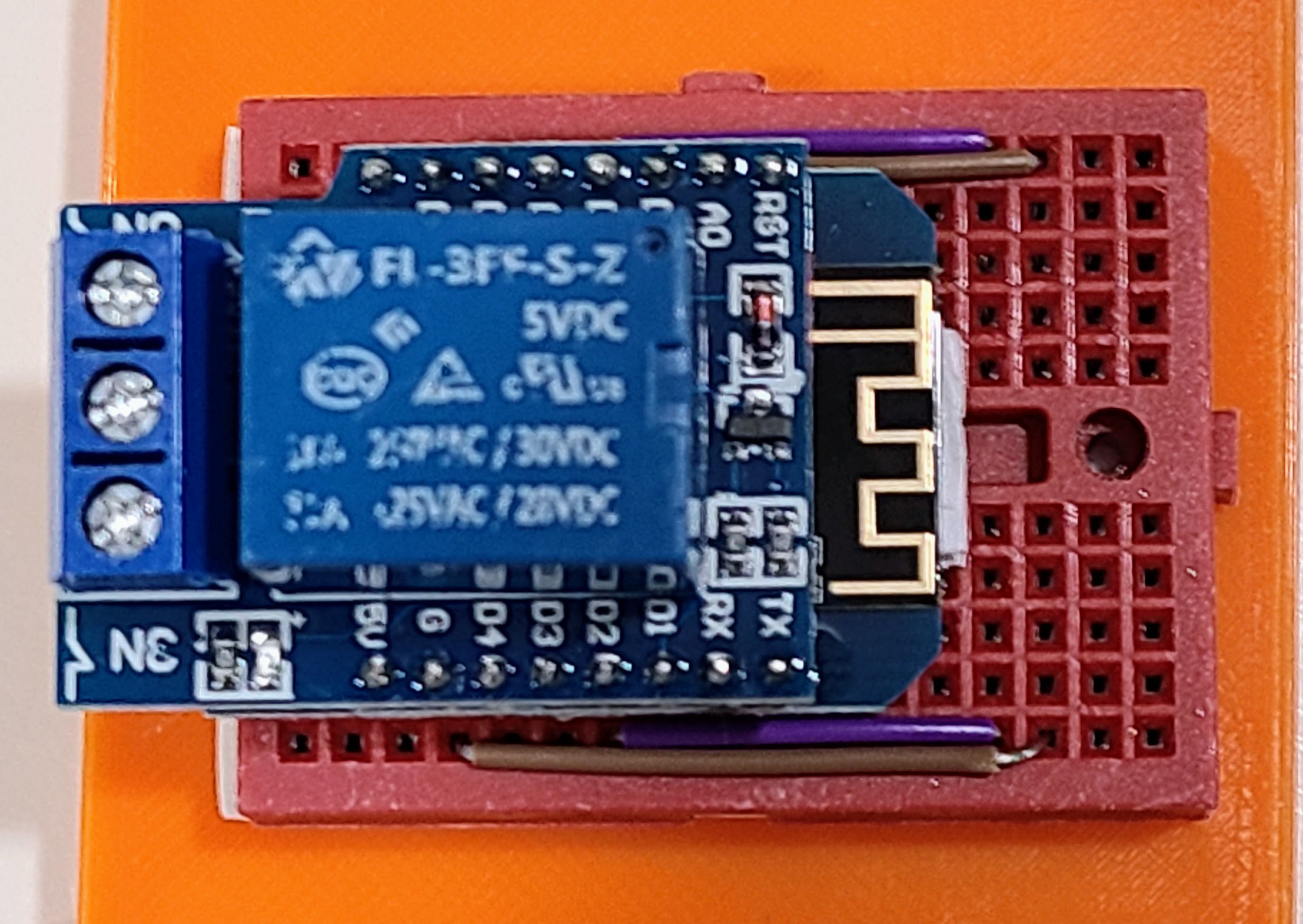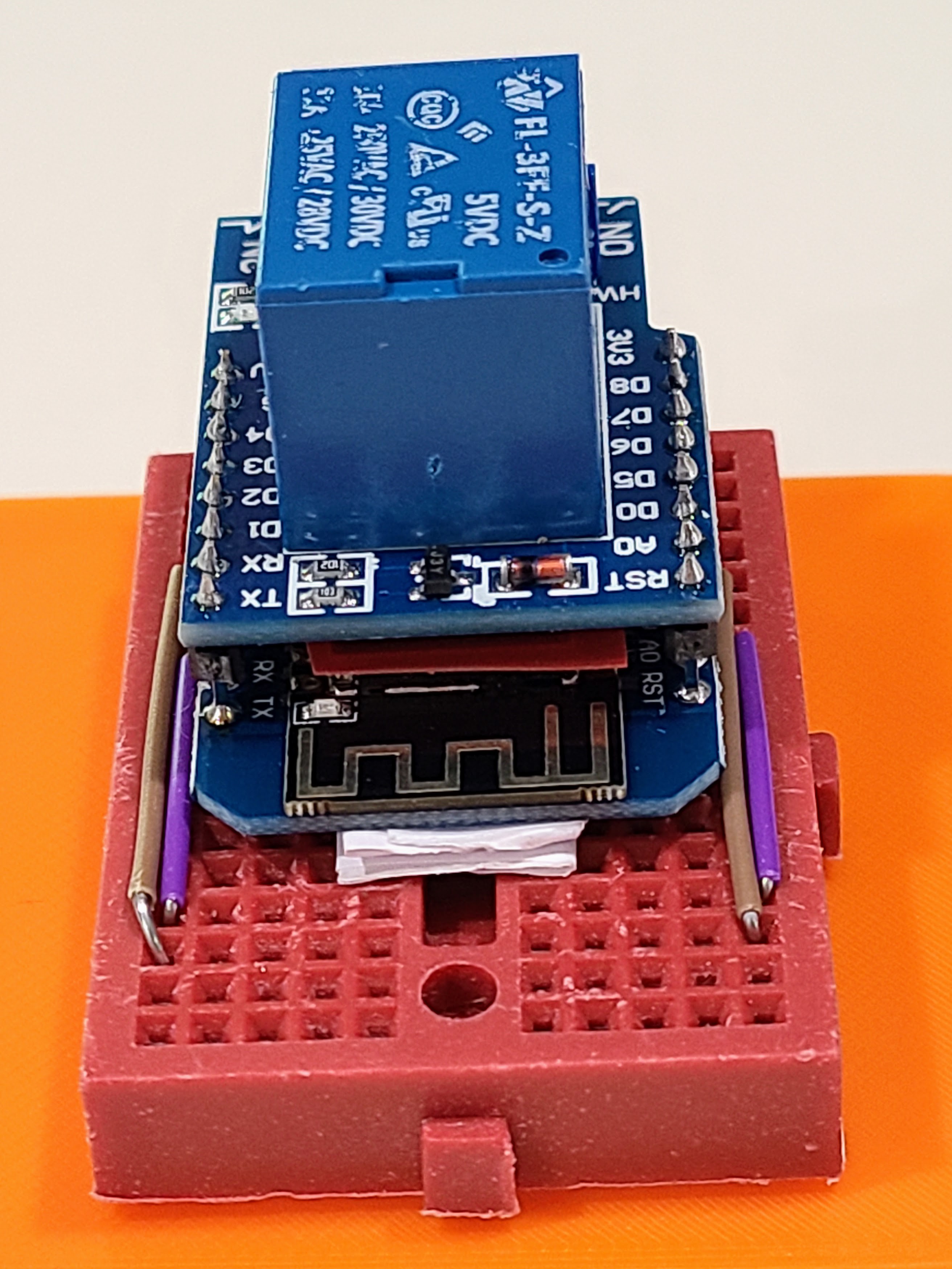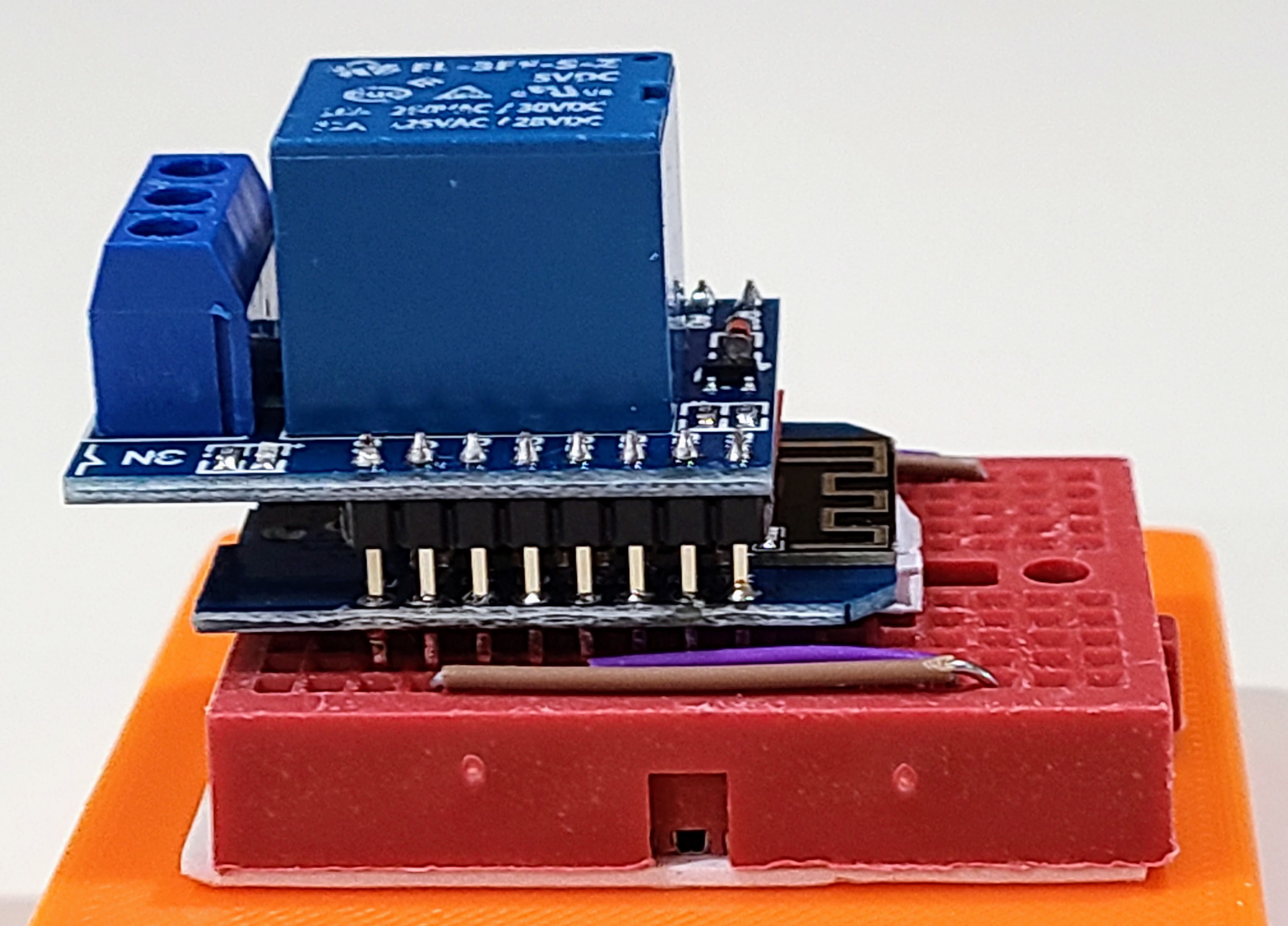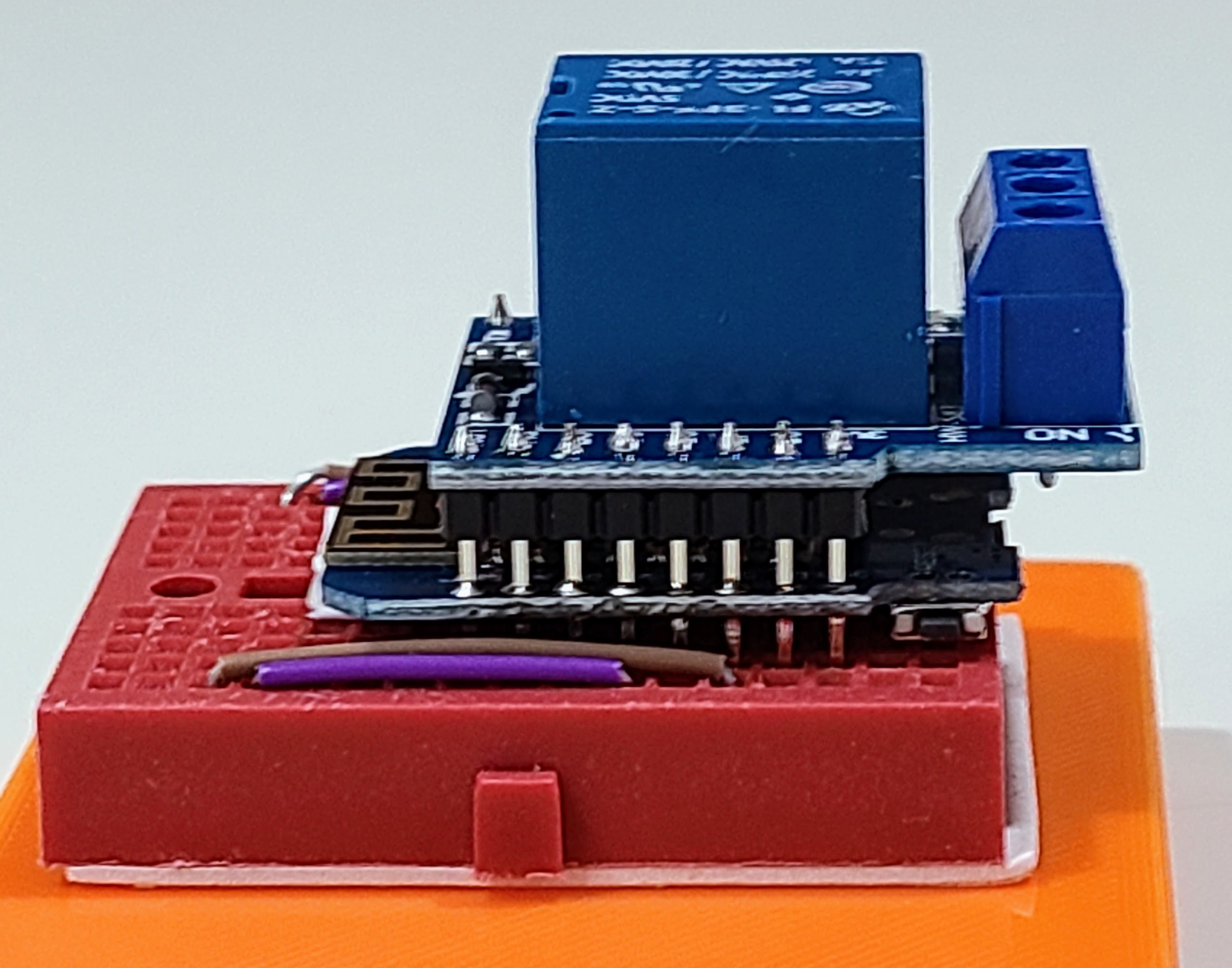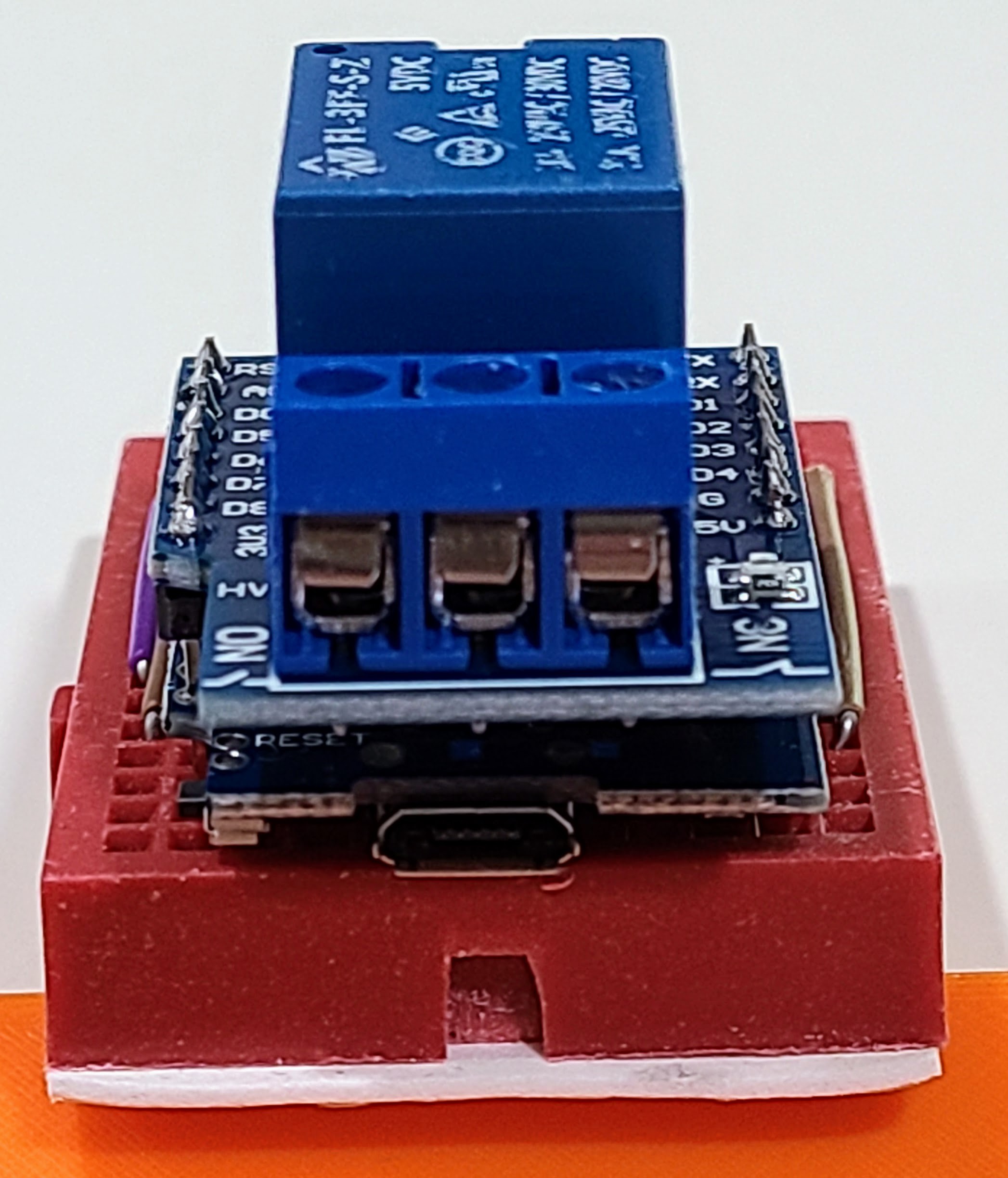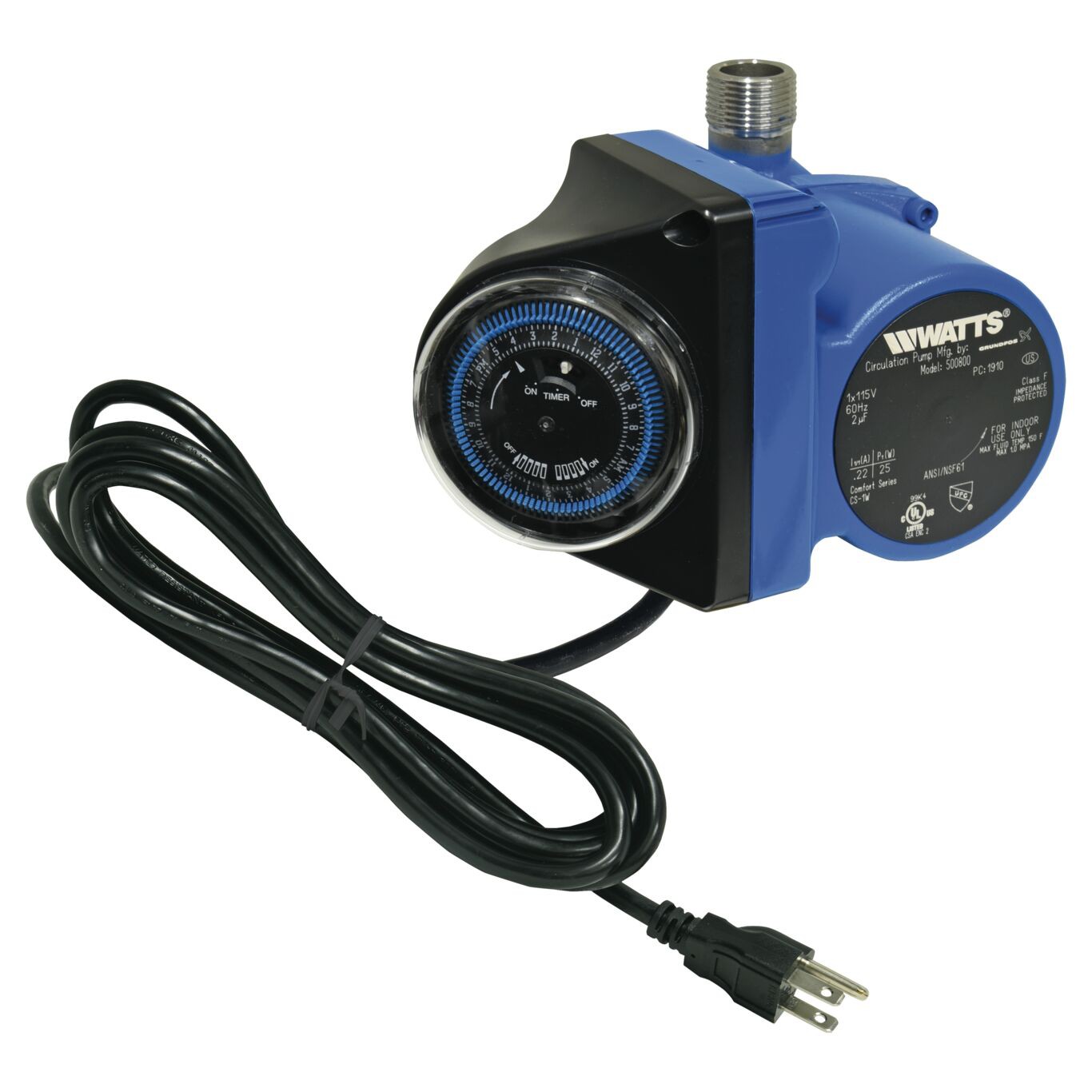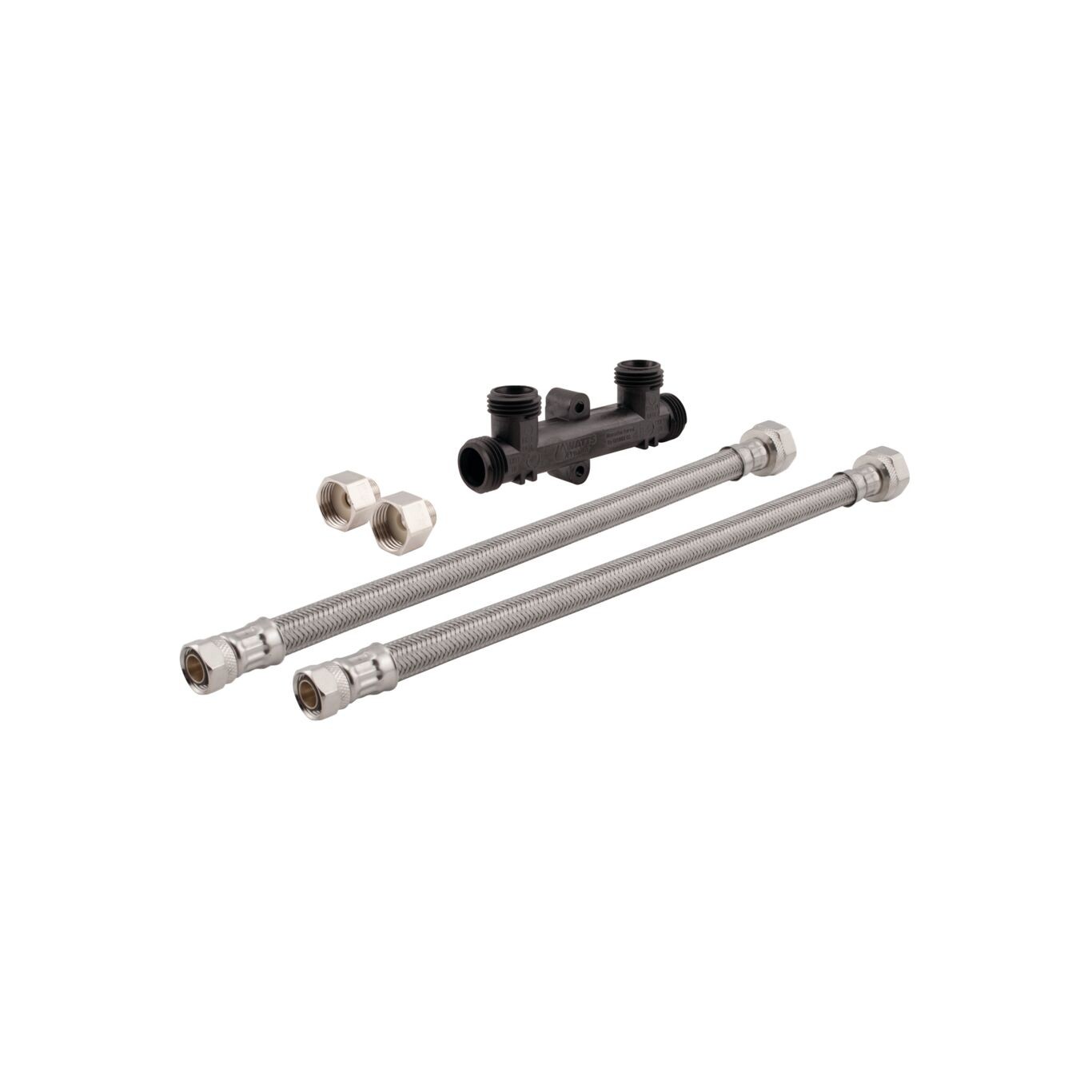-
Button, button, who's got the button?
09/10/2023 at 02:35 • 0 commentsWiring up a physically connected button with the Navien A2 is a simple job. It's a normally open switch between two contacts, and the installation manual explains it all quite clearly. An inexpensive doorbell button would do the trick. There are a couple of reasons that I don't want to use that technique.
- I don't want to run the necessary wires to the upstairs bathrooms.
- I want to integrate with Home Assistant.
- I want some kind of feedback that the button has been pressed and the pump is on. I want that not only for the location where the button was pushed, but also the other locations with buttons.
Since I have all kinds of experience with ESP8266, ESP32, ESPHome, and Home Assistant, those are the hammers with which I can pound in this nail. Other than being a normally-open switch, I'm not too sure of the electrical characteristics of the hard-wired buttons. Instead of having fun figuring that out, I decided to use a digitally controlled relay. The idea is that I can send some kind of command to the circuit, and that would cause the relay to be briefly closed to simulate a button push.
I didn't want to bother with a PCB for such a simple circuit. I have a few Wemos D1 Mini boards (ESP8266) already, and it's easy to find relay shields that are made to mate with the D1 Mini. Putting things together with normal stacking pin headers works, but it makes things fairly tall. Obviously, that's only an aesthetic consideration. From a previous project, I had some extra long male pin headers. I soldered those to the relay board and then pushed them through and soldered them again to the D1 Mini. I left a small gap, but I also put a little piece of electrical tape on the metal can of the ESP8266 as a precaution against shorting something on the relay board. That still left enough pin length to make a good connection inserted into a mini breadboard.
Here are some pictures of the resulting stack. It's still pretty tall, but there's only so much you can do with the height of the relay on the relay board.
![]()
![]()
![]()
![]()
![]()
I wedged some folded paper under the antenna end of the D1 Mini to keep it from wobbling. The relay board sticks out a bit beyond the end of the D1 Mini. I imagine that's intentional. The contacts from the relay are slightly off-center compared to the micro USB port of the D1 Mini. However, if you look at the end of the relay board itself compared to the end of the D1 Mini, the offset is somewhat larger.
I originally mounted the boards all the way at one end of the mini breadboard, but I later decided to move everything back two rows for a more comfortable fit in the enclosure. The jumpers you see in the photo are for additional purposes that I'll describe in a later project log, but I used the jumpers so I would have more working room when it comes time to wire up other things.
-
You want it when you want it
09/10/2023 at 02:08 • 0 commentsThere are a couple of trade-offs in using a recirculation system. First, any time you are recirculating hot water when you are not actually going to use hot water, you are wasting energy. You're heating water which goes into the plumbing pipes and starts to cool off. Second, for the type of system that uses a bypass valve, the cold water tap at the bypass valve location will emit the pushed-back water that is warm or hot until it is all expelled.
You can see from the photo in the previous project log that the Watts unit has a simple analog timer, which is useful for the "popular" hot water times, but it's no good for other times. Even better would be to have the pump read your mind and switch itself on 5-10 minutes before you need hot water. That mind reading is a tricky business. The next best thing is to be able to tell the pump that you want hot water now, and then you just have to wait that 5-10 minutes to get it. That's what I did for my Watts unit. I described that here, so I won't bother to repeat it.
The Navien A2 series has 3 modes of operating the recirculation pump. As far as I can tell from reading the documentation, they are all mutually exclusive. They can't be combined.
- A "smart" mode that watches your hot water usage for a week and then sets its own schedule based on what it saw during that week. I don't know if it adjusts things if your usage changes later.
- A timer mode that uses a configured schedule.
- An on-demand mode, which they call HotButton, to start the pump in response to a button press. The button can be either hard-wired (a simple normally-open switch between two contacts) or a few different wireless options for the same thing.
My plan is to use the on-demand feature integrated with Home Assistant. That integration will not only give me job security in the household, but it will also let me implement any of the other schemes if I see fit. I'm going to start with simple on-demand push button stuff and see how that goes. If warranted, I'll implement the timer mode.
-
What's a recirculation pump?
09/10/2023 at 01:44 • 0 commentsJust in case you don't even know what I'm talking about, I'll briefly describe the idea of a recirculation pump.
If you have a centralized hot water heater, which is overwhelmingly common in the US, you sometimes have to wait for hot water in your sink or shower. Besides the waiting, running the water until it gets hot lets an unfortunate amount of water be wasted down the drain. In theory, that water isn't really wasted and just makes its way back into the hydrologic cycle. In practice, it's a pretty inefficient way of dealing with things because it typically goes through wastewater treatment and all kinds of other resource wasting processes.
A recirculation pump tries to overcome the problem by making sure there is hot water nearby in the pipes when you want it. There are two main approaches to this:
- If you are in a commercial building of any size and any recent vintage, it's quite likely that there is a hot water loop that makes its way around to all of the sinks, showers, tubs, and so on, and includes a segment that returns to the water heater. The recirculation pump sends hot water around through that loop. Any water returned is not wasted. It's just part of the closed system and goes around and around and around until it gets used.
- In a residential house, you might have that same sort of hot water loop, but it's more likely you have hot water lines with no way to return any water to the water heater. For this situation, recirculation pump systems can work with a bypass valve that's usually installed between the hot and cold water pipes at the farthest (in water pipe length) from the water heater. The bypass valve is thermostatically controlled. When the water is below the set temperature (for example, 95F), the bypass valve is open. When the pump is on and the valve is open, the hot water gets pushed down into the cold water line. When the "hot enough" water arrives, the valve closes, with hot water in the pipe ready for use.
In our house, we have had a recirculation pump for several years. It's made by Watts and looks like this.
![]()
The companion bypass valve looks like this:
![]()
It's easy enough for a DIY install for both the pump and the bypass valve.
Calling for hot water
Remote controlled buttons for activating hot water recirculation.
 WJCarpenter
WJCarpenter